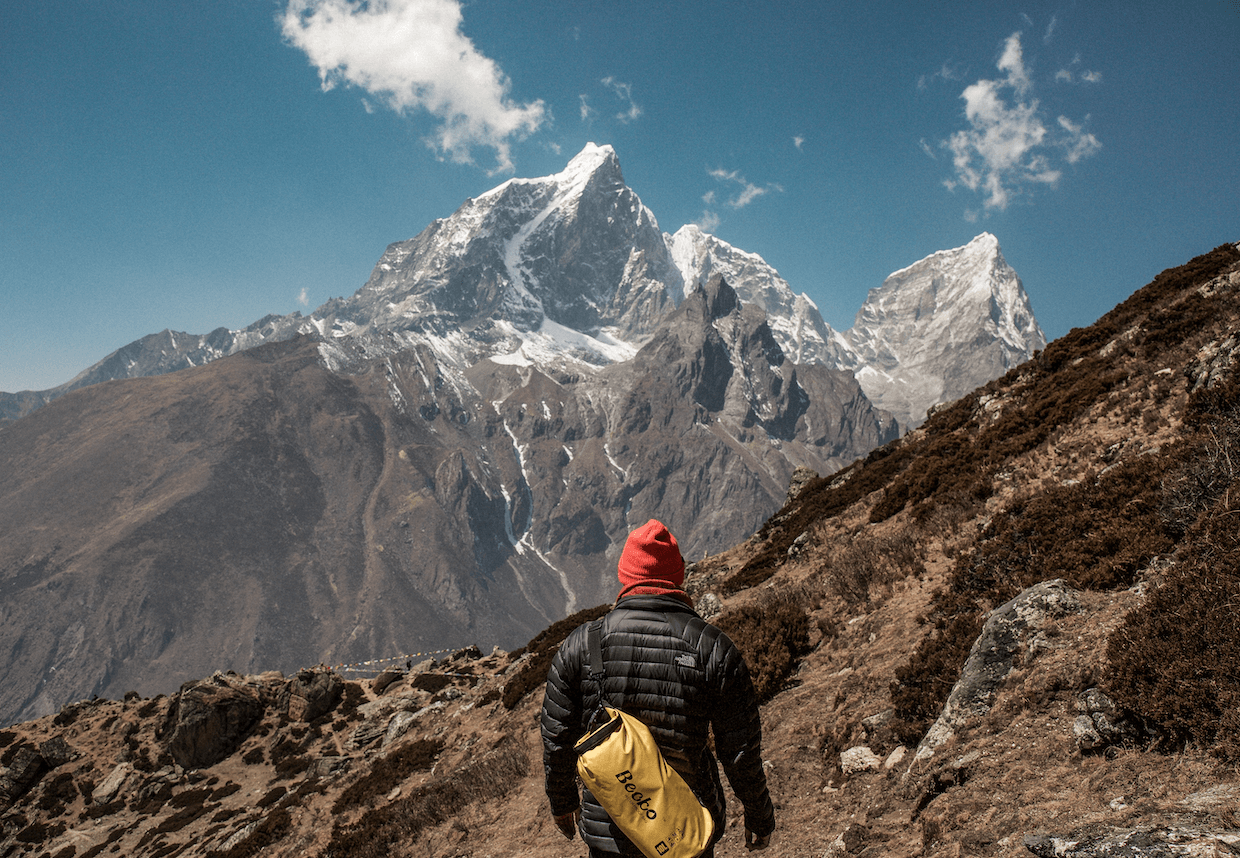Why retirement and climbing Mount Everest go hand in hand
Conquering Mount Everest is one of the world’s toughest yet most respected challenges.
Just over 6,000 people have successfully reached its peak since 1953. After years of training and preparation, getting to the top of the world’s tallest mountain must be an incredible feeling.
But as any skilled climber will know when they stick their flag in the ground, the challenge isn’t over. The hardest part is getting back down again. In fact, most of those who die while climbing the mountain lose their lives during the descent.
In many ways, climbing Everest is a lot like retirement planning. You can spend your whole life working your way up the career ladder and saving for the future. But there’s little point going to all that effort to reach the summit if you run out of money five years in.
There used to only be one way down
Back in the day, once you’d reached the retirement summit, there was only one way down — annuities.
You’d have your pension pot of, say, £500,000, and your insurance company would look at your savings, age and health to determine how much they’d give you each year. You could add a guarantee to the annuity, if you wanted. There’d sometimes be an option to transfer the balance to your spouse if you died before that.
Annuities were the default and few people strayed from that predetermined path.
The good thing about annuities (which are still available) is that once the deal is done you get a ‘guaranteed’ income until the end of your life, you never run out of money, but they aren’t perfect.
Six months before I joined the financial planning world in 1988, there was a financial crisis that wiped out thousands of retirement funds overnight. Someone might have a £500,000 pension pot one day, and just £200,000 the next. Buying an annuity, before or after Black Monday, influenced their future income dramatically, and many abandoned or delayed their retirement plans.
We now have endless paths to choose from
In 2015 the government’s pension freedoms were introduced to offer more flexibility when accessing defined contribution pension pots. People could still buy an annuity if they wanted, but they also had the option to access a cash lump sum, draw their money as and when they needed it, or do a combination of the three. George Osborne as Chancellor famously suggested a Lamborghini was now an option.
The changes made people realise that paying £500,000 for an annuity at 60 might not be such a good deal after all. Instead, you can keep that money invested and take only what you need. Or you can get financial advice and potentially move it elsewhere.
Freedom is a good thing, but too much choice can be overwhelming. Imagine starting your descent from Mount Everest and having hundreds of routes to choose from. You could drive yourself crazy wondering which would be the safest. Should you trust your instincts or blindly follow everyone else?
You might choose to take your money gradually, only for a ‘once in a lifetime investment opportunity’ to come along. (Side note: Here’s how to keep scammers at bay).
Or you might be so scared of making the wrong decision, you take no action at all. Many will underspend their way through retirement. This is why you need to plan your descent in detail, and preferably with a financial planner at your side.
Protecting yourself from constantly changing conditions
One of the hardest things about retirement planning (and climbing Everest, probably) is that the conditions are always changing. You’re constantly having to adapt to your surroundings and respond to an atmosphere you have no control over.
The Lifetime Allowance, for example, has been causing stress for planners and pensioners alike since 2006. It’s gone up and down several times since its introduction. It’s now set to be abolished according to Jeremy Hunt’s recent Budget announcement. Although this is good news, it does force us to reassess our clients’ plans once again.
Financial crises often trigger big changes in behaviour. Following periods of economic uncertainty, people often look for ways to do things differently.
In the late 1980s, for example, we saw the start of something called ‘lifestyling’ (which sounds rather exciting, but isn’t really!). An automated glide path to a set retirement date systematically reduced the risk so that by the time you reached 60, everything was in safer investments. Less volatility and more protection — or so people thought.
As more recent financial crises have shown, nothing is 100% safe. No matter how you choose to save or invest, it’s possible to lose money you’re depending on for a comfortable retirement. What’s more these strategies, although default in many workplace schemes, and which can make sense for those taking the guarantees of an annuity, aren’t suitable for the new retirement journey where you don’t want your money locked in cash for what could be more than thirty years.
Why you need to plan your descent
The climbers most likely to make it home from Everest are those who’ve spent years planning the entire mission from start to finish. Cautious optimists. Risk aware risk takers perhaps.
Will you have enough oxygen? What will you do if you suffer an injury? How can you overcome exhaustion? How will you deal with frostbite? If you get lost, are there any landmarks nearby? Multiple obstacles will have been considered.
We do the same thing when planning our clients’ retirement. Getting them to the summit is only half the battle. We spend a lot of time thinking about what could come after.
What’ll happen if you want to downsize and move to the country? If your son moves to Australia, will you be able to visit every year? What happens if you get a chronic illness? What about divorce?
We can’t predict the future. Few of us saw the pandemic coming, for example. But by preparing for frostbite and financial crashes and everything in between, we can get you home safe and sound so you can live to tell the tale.

